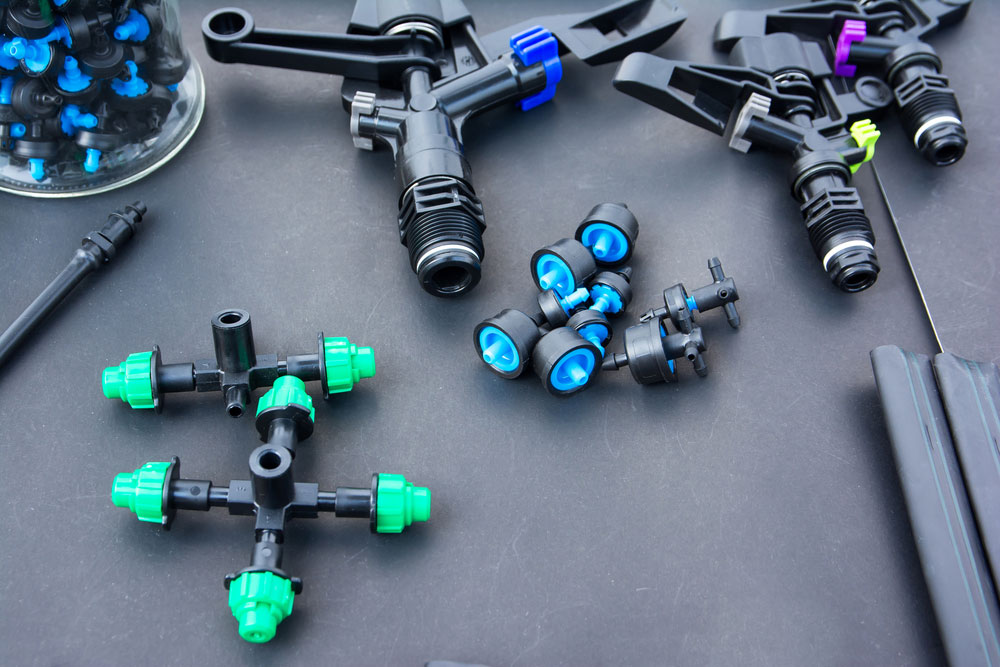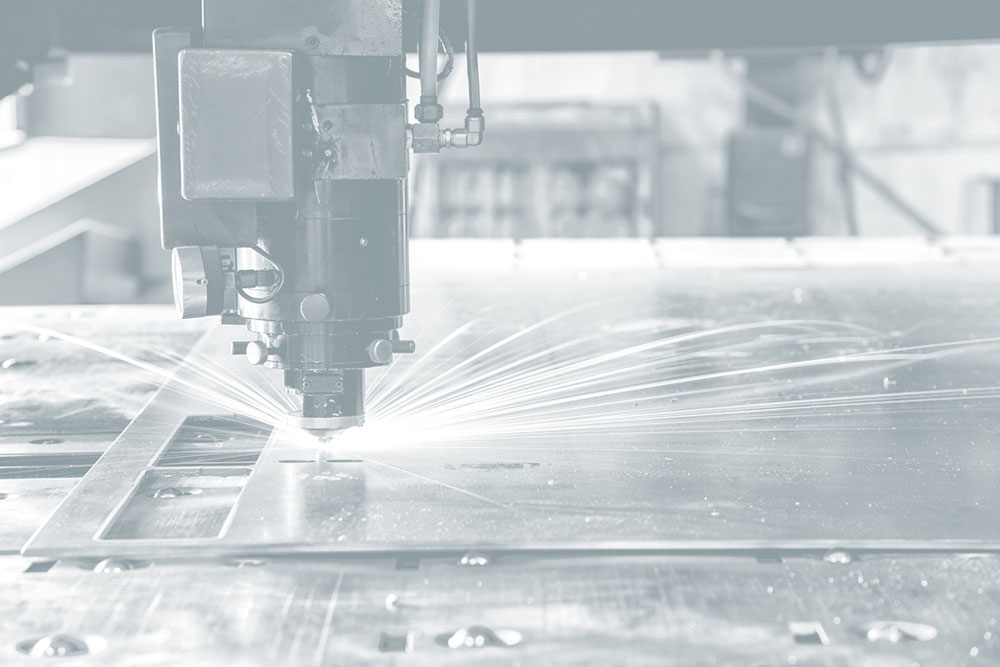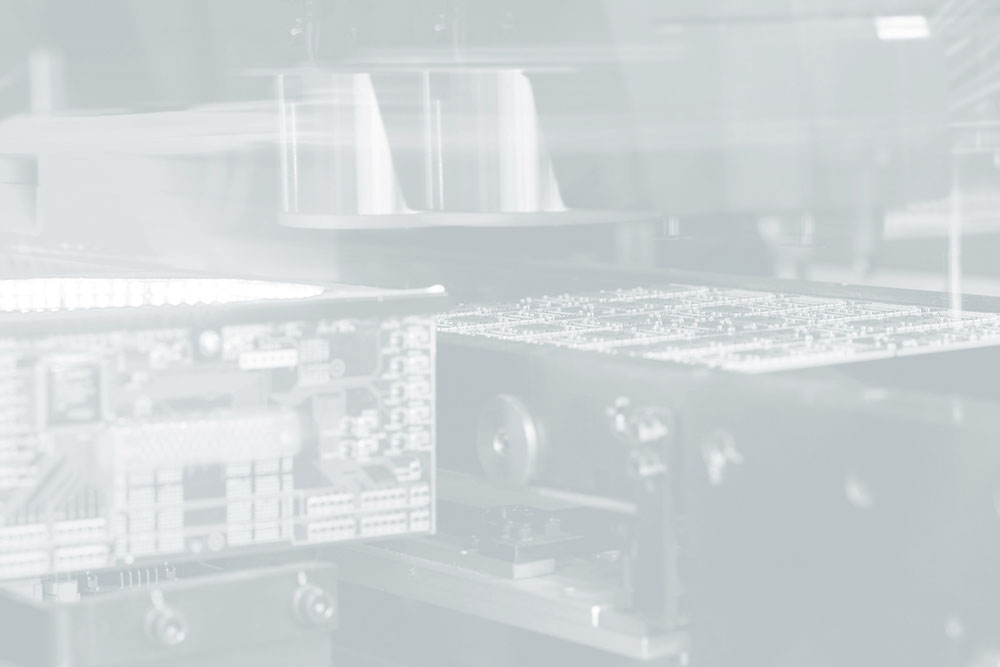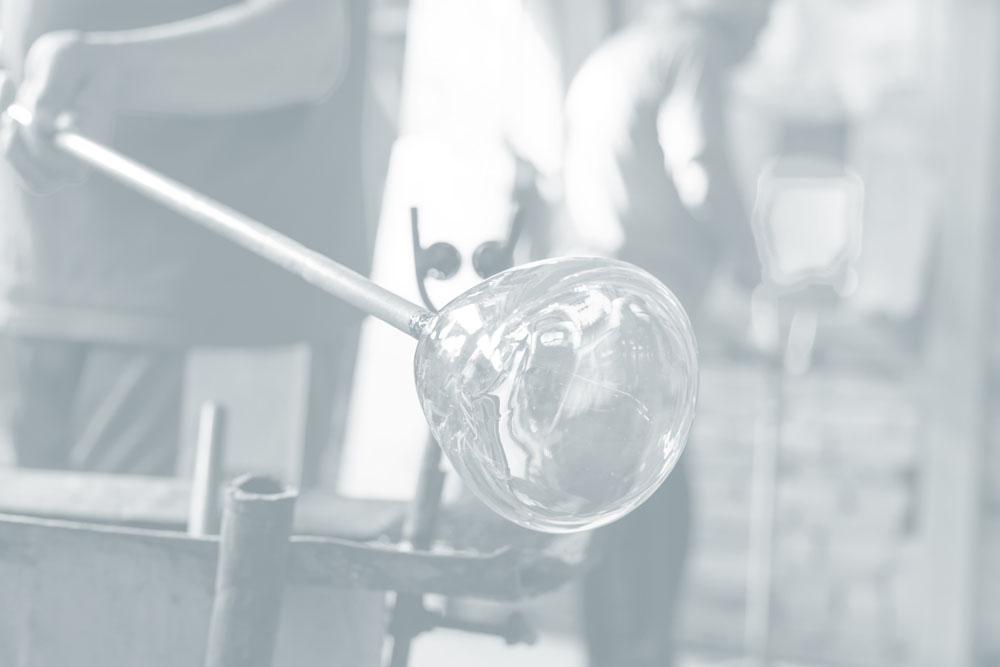Production methods

Our partner companies specialize in plastic casting methods. All commonly used raw materials can be processed.
With our broad portfolio of production methods we have the right contacts for the subsequent mechanical processing, surface treatment and assembly of your castings.

We will find the right casting method to suit the complexity and quantity of your products. Our partner companies guarantee compliance with the high quality standards that the European market demands. Our most commonly used methods are aluminum die casting, investment casting, plastic injection and blow moulding.
This email address is being protected from spambots. You need JavaScript enabled to view it.
Core Competence Plastic Injection Molding: Cost-Effective and Flexible
Plastic injection molding is one of astria's main manufacturing processes and offers numerous advantages. In addition to cost optimization for components, plastic injection molding is a very versatile manufacturing process that allows a lot of design freedom. Thanks to affordable tools from astria, plastic injection molding can also be used for small and mid-volume production runs.

Production
We give you the greatest possible flexibility, such as batch sizes of 500 to 100,000 units. In addition to standard injection molding, we also offer liquid silicone injection molding and multi-material injection molding. Processing of threaded inserts and other inserts is also supported. Our portfolio covers a range of surfaces from painting, metal vacuum vapor deposition, and screen printing to pad printing, laser engraving, and all current VDI surfaces. Furthermore, our production processes are ISO 9001-certified.

Materials
Thermoplastics, elastomers (EPDM), and duroplastics are used for plastic injection molding. In terms of thermoplastics, we differentiate even more finely between high-performance thermoplastics (PEK, PEEK, PPS), engineering thermoplastics (PA46, PPA, TPE, PBT, PET, POM, PA6, PA66, PC, PMMA, SAN), and standard thermoplastics (ABS, PS-HI, PVC, PP, PE-HD, PS). Mechanical properties can be optimized through the addition of materials such as glass fibers, carbon fibers, or carbon black.
Services and Lead Times
Our plastic injection molding services include component engineering, DFM (Design for Manufacturing) analysis, Moldflow simulation, tool design, mold construction, tool construction, and parts manufacturing. If required, assembly is carried out through screwing, bonding, or ultrasonic welding. For tool construction and the first sample parts, lead times are 6-8 weeks. Parts can be manufactured within a few weeks.
This email address is being protected from spambots. You need JavaScript enabled to view it.

Best Practice: EXIAS
The housing of the EXIAS electrolyte analyzer was plastic injection-molded by astria. For a batch size of 500-1000 units, injection molding is the perfect choice due to the low cost of the tools. Besides reproducibility and adherence to delivery dates, a high degree of processing quality and material quality were also extremely important for customers. astria ensures these requirements are met through manufacturing processes certified to ISO 9001.

At the beginning of a project, customers often contact us with an initial design drawing or concept. We then create a DFM (Design for Manufacturing) analysis and agree on the most important parameters such as interface lines, injection points, visible areas, and surfaces. In addition, we jointly define the quality criteria according to which the parts will be assessed for acceptance at the end of the process – after all, high quality and satisfied customers are the top priority for astria.

In the Moldflow analysis, we simulate all phases of the injection process from material injection to holding pressure. Here the material flow, temperature curves, and cooling are simulated in order to analyze shrinkage, warpage, sink marks, weld lines, and air inclusions in advance. This forms the basis for the necessary corrective measures to be adopted in the design or process. As a result, we are able to prevent tension and surface errors, and to meet the dimensional and aesthetic requirements of the customer from the very beginning.

The result is a high-quality product with the best material properties. The outer components are screwed together with numerous threaded inserts, while pre-assembly of the inner housing parts is achieved through ultrasonic welding. On the outside, important information and the logo are applied by pad printing.
"The handling of the entire process was highly professional. astria provided us with great support from the concept and initial production, right up to volume production of the final parts."
Josef Hindinger, Managing Partner EXIAS

Experience and expertise
in many industries











